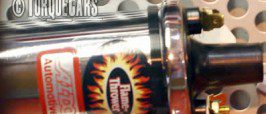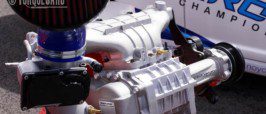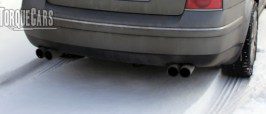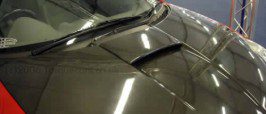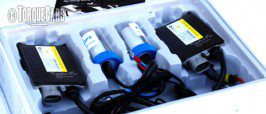Caterham Tuning Tips and best mods
Maximise your Caterham’s driving pleasure
Thank you so much for visiting TorqueCars, we love Caterham’s and see quite a few interesting projects.
If you are looking to build the ultimate Caterham then you’ve found the right place.
Our tuning tips and articles for the Caterham cover all the best mods and latest tuning methods to help you build a great modified Caterham.
With the help of our forum members, industry professionals and seasoned car modders we present a best practice guide to modding your Caterham.
Please join us in our forums, we love to hear what members are up to and it helps us spot trends so that we can ensure the site is always covering the latest and greatest tuning topics.
Feel free to drop a tip or suggestion on the comments box at the bottom of each and every article, this feedback is greatly valued and helps us refine our articles.
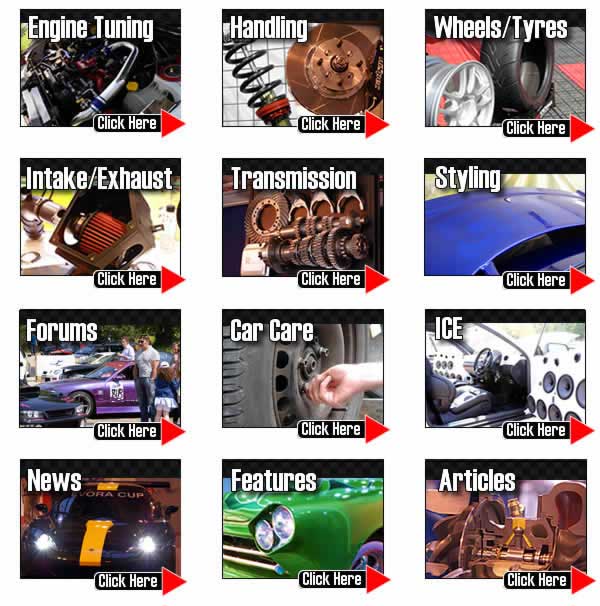
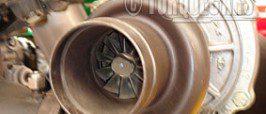
As a rule the turbo engines are stronger than the NASP equivalents and are able to handle substantial power gains.
The key thing in a turbo engine is the flow rate that can be generated and this depends largely on the internal profiles of the impellers inside the turbo.
Misfires and problems after tuning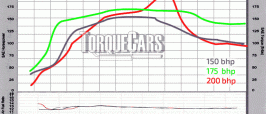
When an engine is tuned or mapped you may get misfires flatspots or other problems. We look at the causes of these issues and how to diagnose a fault after remapping.
Stage 3 tune
Track day tuning and motorsport preparation, find out all you need to know about taking your car to the track in our stage 3 car tuning article. All you need to know about stage 3 modification and tuning options.
Converting a car to EV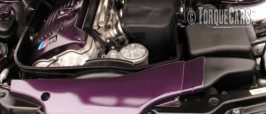
Converting your car to electric power Instead of buying from the ever-growing Electric Car market, you may wonder can I […]

